Formula 1 parked the idea of an early passage to V10 engines for the moment, following the summit between car manufacturers and the leaders of the series in Bahrain on Friday.
After a meeting organized by the FIA, the manufacturers of Grand Prix Racing all had the opportunity to give their opinion on how they saw the future of F1 engines.
There had been frantic speculations in recent weeks in the direction that things could be directed – and that had revolved around the idea of a V10 engine running on fuel entirely durable to come from 2028.
Then, in the middle of the whole debate, there had even been the prospect of completely abandoning the rules of 2026 – and to continue the current turbo hybrids.
In the end, the result agreed at the top of the F1 engine was much less dramatic.
As the race revealed, certain rules of rules for next year have been proposed to avoid some of the road bumps that emerged with the rules of 2026.
In addition, while things are below the commitment to go to the V10 or V8 soon, there is a desire to debate a concept of unit of alternative power which could now arrive around 2029 or 2030.
Here are the main points to remember from the top of the engine:
Not finished for V10 or V8
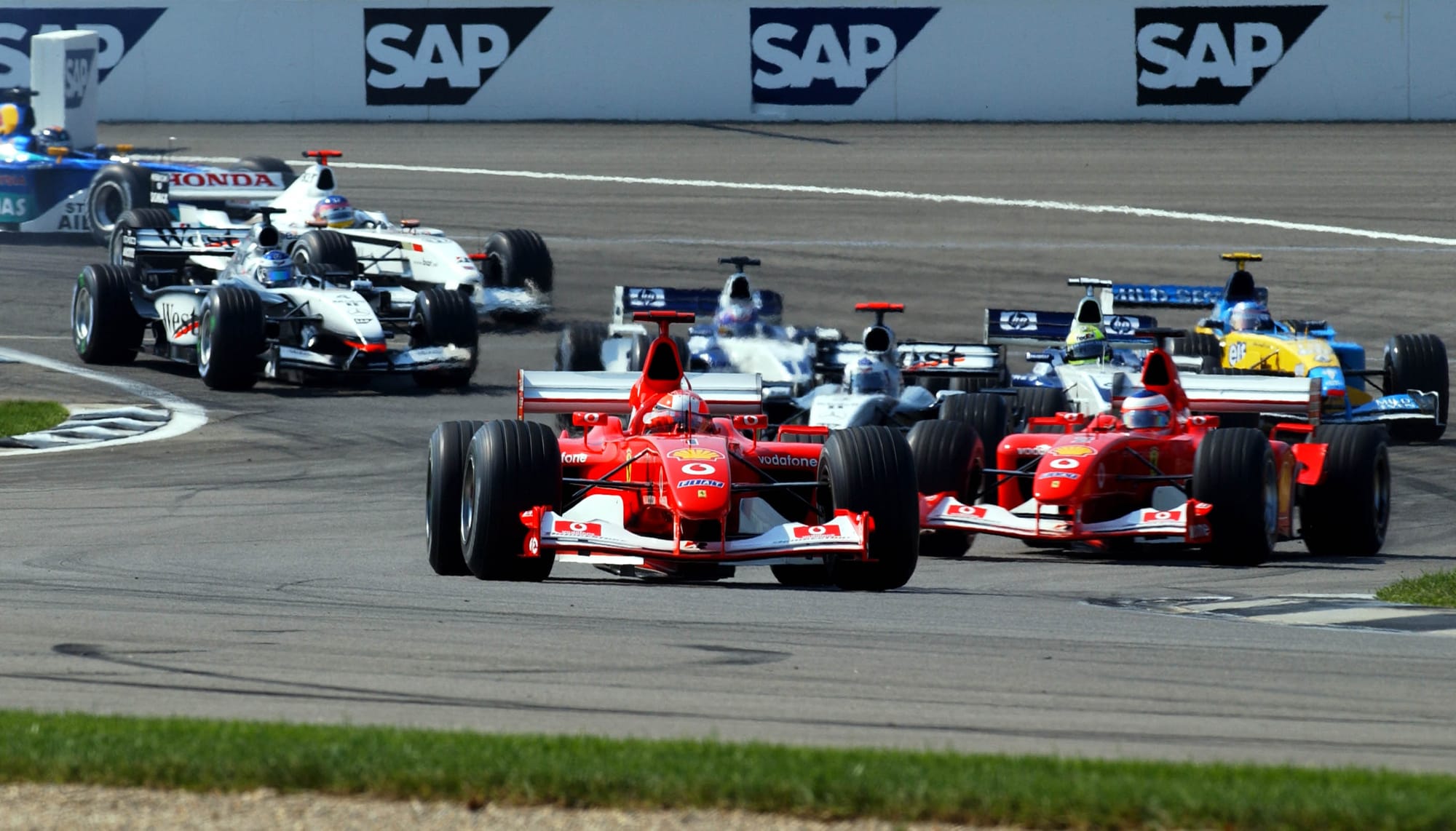
Although the comments given by the manufacturers are far from being opened to a V10 engine from so early, it would be wrong to say that the idea was completely parked.
Although F1 is now very committed to the 2026 regulations, and in particular making them work, discussions will continue the next rules of rules.
While the push is now to keep the next Turbo hybrid engines until 2029 at the earliest, and potentially even on the original time scale of the complete rules of the rules until 2031, the idea of a future move to a V10 or V8 remains at the forefront.
The FIA simply mentioned that one of the subjects that will continue to be discussed is: “The adoption of engines normally suction with lasting fuel”.
But there is no desire for the FIA to make the railway such a change. And if the costs can be kept under control, it will be happy to listen to what manufacturers think they are the best way to follow.
The official declaration after the meeting said: “Whatever the engine roadmap, the FIA supports the teams and PU manufacturers to ensure the containment of R&D expenditure costs, taking into account environmental considerations and acting in the best interest of sport and fans.”
What will the new F1 engine of the concept F1 look like
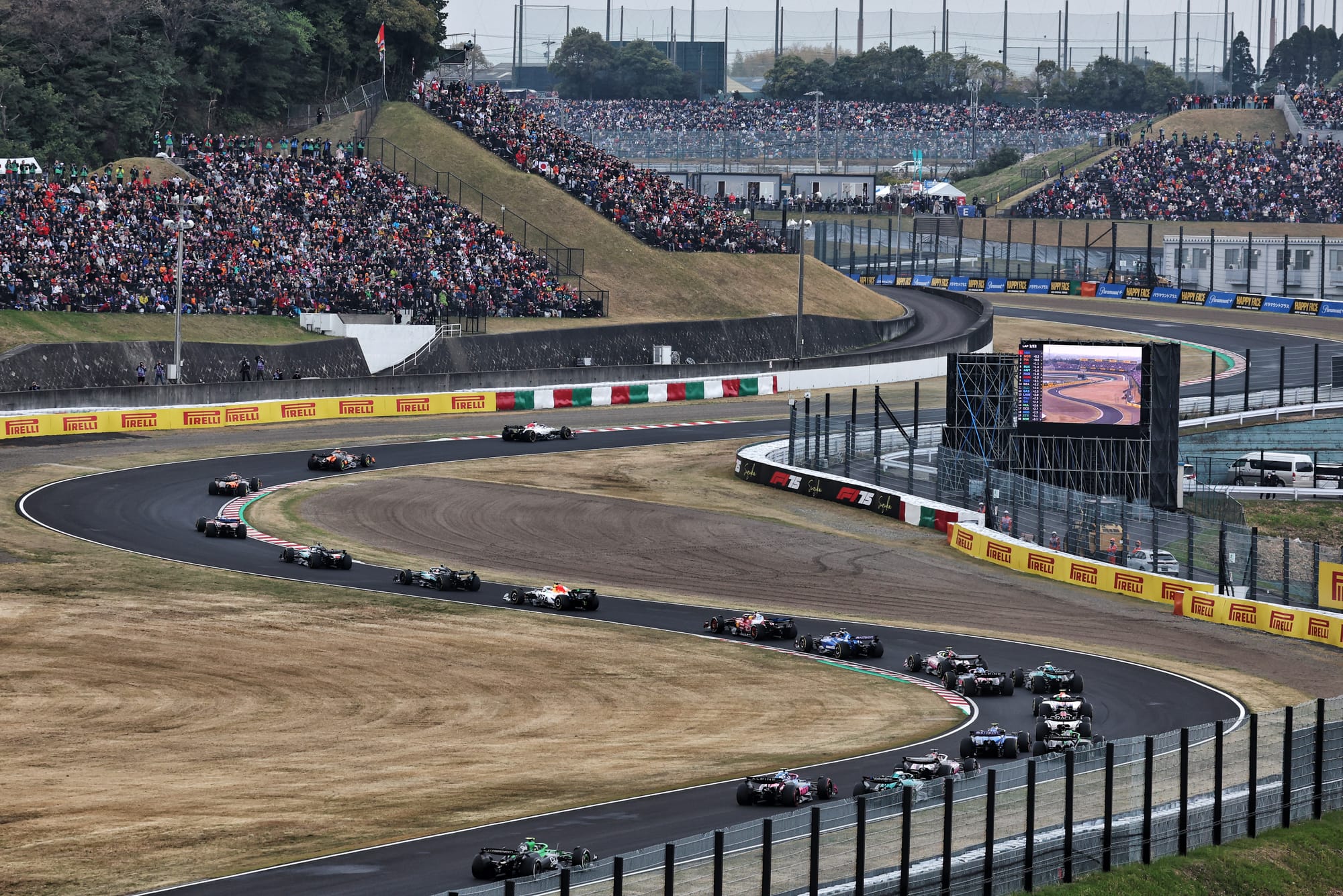
The objective of discussions on a future F1 engine far from the new generation turbo hybrids previously turned around V10.
However, while car manufacturers began to assess things, a range of options seemed to be in discussion – which included the idea of a V8 alternative, whether or not it is turbo -paired, then if it should include a form of Kers.
Although a final direction has not been decided, the FIA mentioning an engine “ normally sucked ” suggests that the turbo charger is out of the table for the moment.
The FIA declaration after the meeting, however, explained certain aspects that were contained with car manufacturers about the place where things are heading.
He said there must be an electrification level (so the batteries are there to stay) and that the use of fully durable fuels will be critical.
Beyond that, there is a key desire that the future electrical unit is profitable – so F1 can avoid any problem of manufacturers believing that they must leave F1 if they are confronted with financial difficulties off track.
For an engine to be profitable, it must be simple. So, if you also launch the importance of the relevance of the roads, then a V8 makes the most meaning.
The electric is there to stay … and it could be the key to Audi and Honda

Another important element in the meeting of the meeting was that a certain form of electrification remains critical for the manufacturers.
The importance of this cannot be played, because with regard to the maintenance of certain car manufacturers in F1, there must be relevance on the road – and this means that certain aspects must be electric.
In recent weeks, the messaging of Audi and Honda has been clearly clear that a passage to a simple V10 is not interested – because they only undertaken because of the hybrid rules to come for 2026.
But, after seeing the first hand where the chiefs of other manufacturers and the FIA were – and what was realistic on the long -term table – an overview in principle according to which a form of Kers must be part of a future engine seems to be a way to keep these two.
It should be noted that the key messaging out of Audi after the top of the engine was that there are three key things that he wants to see in the future F1 engines.
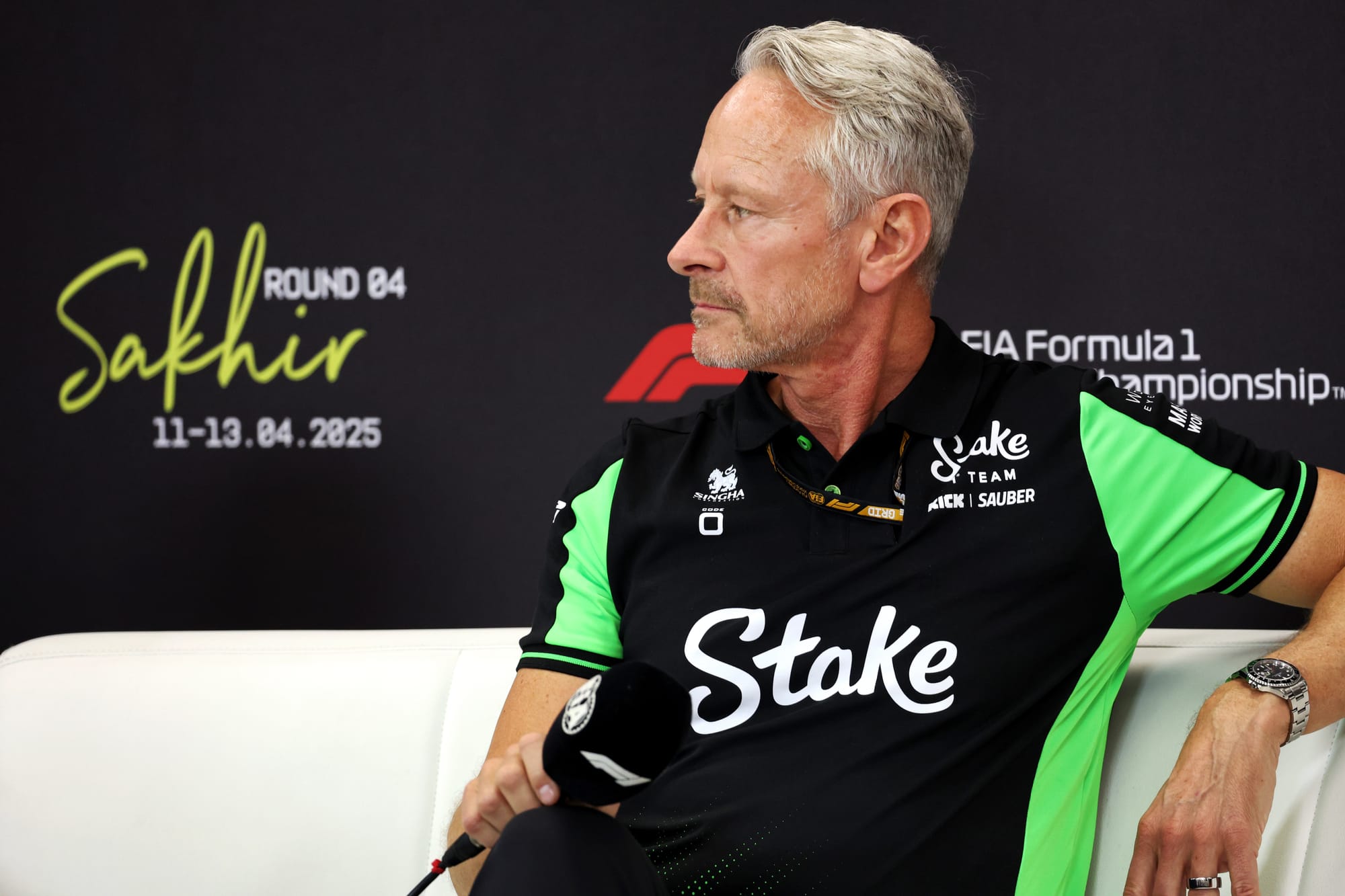
The boss of the German manufacturer’s team Jonathan Wheatley said: “The reason why they were involved in sport is the excitement around the three pillars that we consider really important.
“The first being a very effective engine, the second being an advanced hybrid system and of course durable fuels by being the basis of this.”
A V8 with Kers executed on fully durable fuel would seem to check all these boxes.
Everyone is on the same wavelength … for once
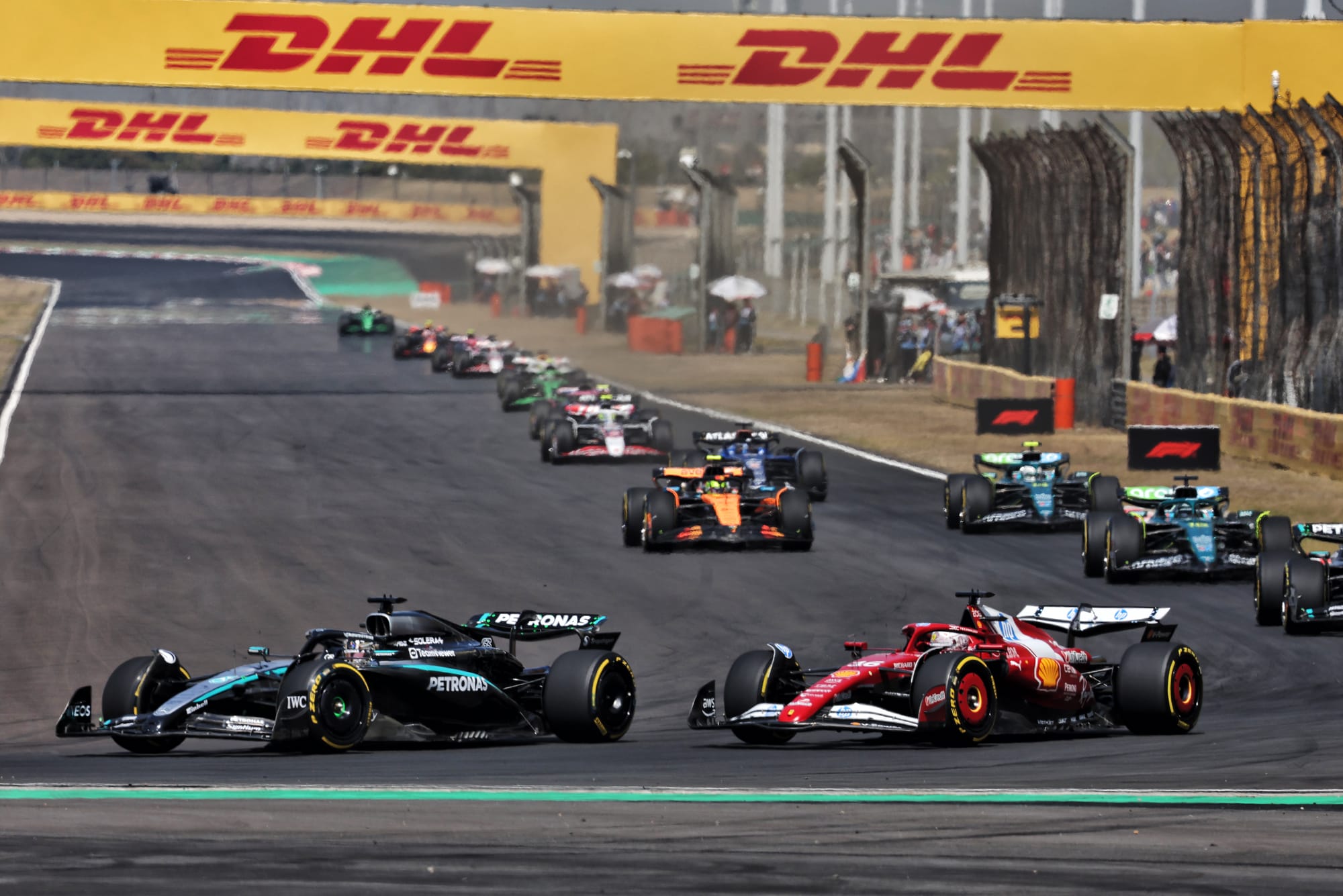
The accumulation of the engine top had shown a few clear batteries in place – F1 car manufacturers falling into three distinct camps.
There was Ferrari and Red Bull on the side of an accelerated introduction for the V10. There was Honda and Audi in favor of a full commitment to the rules of Hybrid turbo. And then there was Mercedes – somewhere in the middle but leaning towards the status quo.
But speaking to higher personalities after the meeting, there was a feeling of a huge convergence of views on the roadmap for the future.
For once, short -term selfishness for a competitive advantage had been put aside in favor to settle a clear path for the future of F1.
A seasoned senior representative said: “It was the most productive meeting that I remember in F1.”
Grand 2026 fear deposited
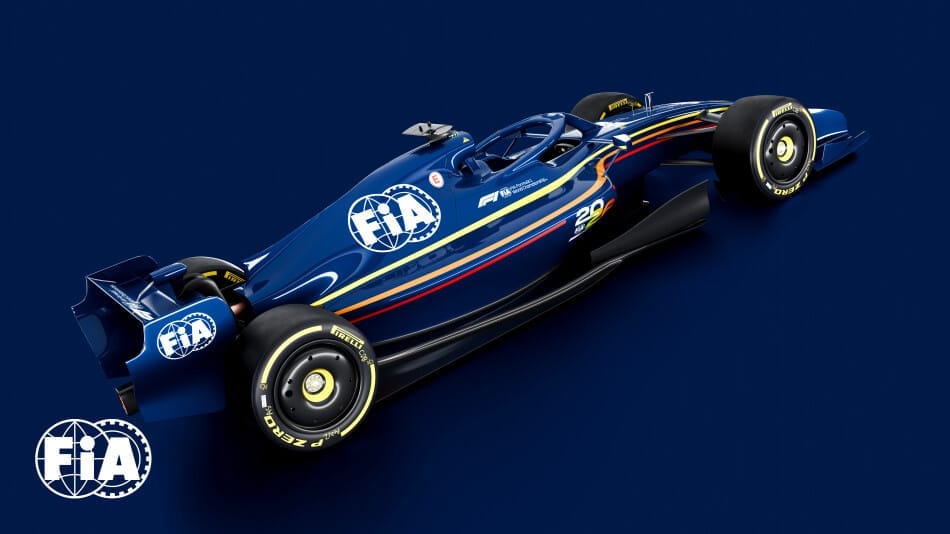
Part of the impulse for taking into account a new engine concept was because there have been significant concerns about the rules of 2026.
And although we still did not know how the race will be, which was an increasing concern was what happens if one of the car manufacturers finds himself being wrong and staying at the back of the grid.
With strict rules of homologation of engines and fuel that keep things frozen, the scope of catching up was minimal.
So one of the things that has been accepted to be examined at the moment was a release from these aspects of approval – give more freedom to those who are late to catch up
Although the FIA declaration has simply mentioned “minor refinements and adjustments”, sources have indicated that what is worked is quite significant.
For Red Bull, who produces his own powerunit for the first time next year, this setting was distinguished as the best to remember from the meeting – and it could also help those who are late on fuel.
The boss of the team Christian Horner praised him as the “most important” detail to get out of the meeting by avoiding F1 to become a spectacle of a horse next year as in 2014 when Mercedes dominated the start of the hybrid turbo.
He told Sky: “We have a budgetary ceiling. Maybe the engines do not need homologation. Perhaps you are able to upgrade your engines under a budgetary ceiling, where everyone has the same thing, to encourage convergence as quickly as possible.
“We all want to have narrow quarter races, not a rehearsal of what we had in 2014.”
But F1 may not yet be out of the woods for 2026
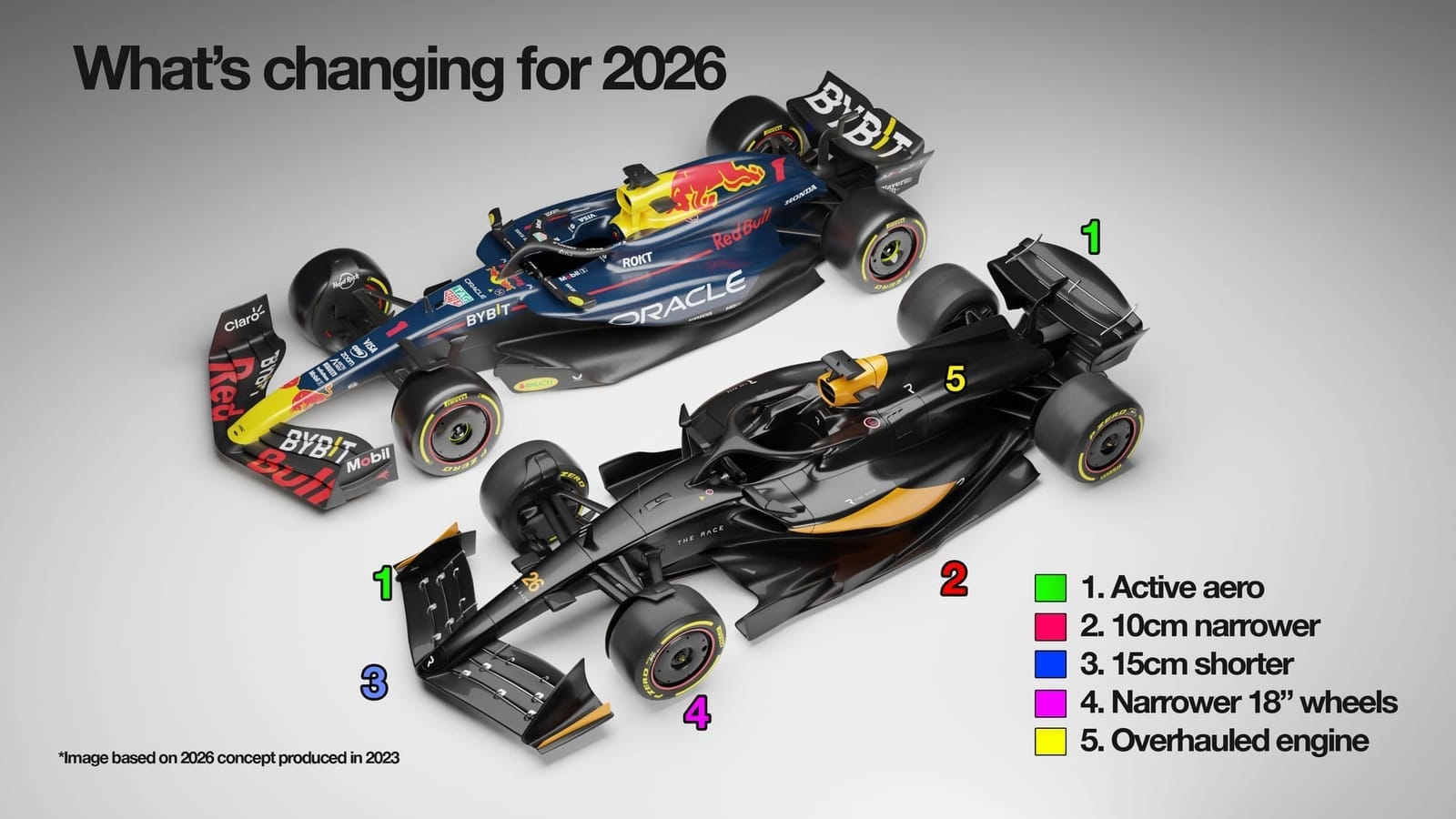
Although the messaging out of the engine top was that the long -term vision seems to be good, and that some of the problems that F1 could be confronted in 2026 would have been resolved, it would be wrong to think that everything is pink and sorted for next year.
Adjust the homologation rules, changes in cost restrictions and potential modifications to sports regulations to improve certain aspects of energy deployment seem to be a step in the right direction.
But there are still figures within F1 which are still a little worried.
A boss of the team suggested that it would be correct to say that the concessions made for 2026 would make the new rules simply “less terrible” – because doubts remain on the impact that the hungry energy engines will have on the race.
Carlos Sainz, who runs for the Williams customer team, there is therefore no age to grind in terms of support for an engine direction, offered an interesting perspective on the debate of the V10 engine in Bahrain.
“I would not be too vocal supporting the return of a V10 engine if I liked what I saw from 2026,” he said.
“But since I don’t really like what I see from 2026 in terms of what the car will do, the engine will do, the way everything will work, I would say yes – I would like a V10 engine with a few adjustments to come back as soon as possible.”


